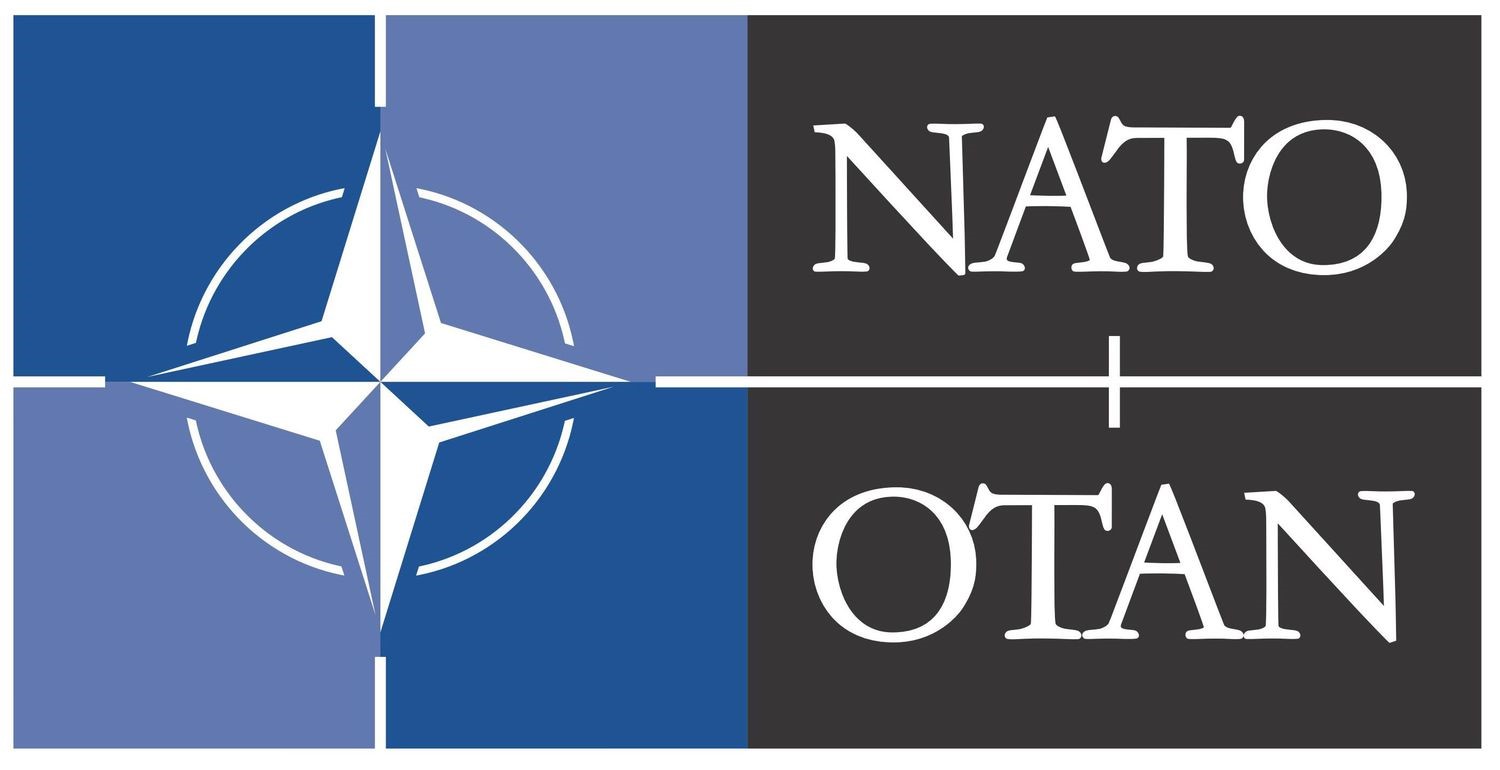Description

Disclaimer: Copyright infringement not intended.
Context
- Feared by an aggressive Russia and the specter of Donald Trump’s return to power, the chief of the North Atlantic Treaty Organization (NATO) urged the United States to stick together with Europe as the Western military alliance turned 75.
Details
- The Kremlin’s full-scale invasion of Ukraine in 2022 re-invigorated NATO.
- The war has refocused NATO’s attention on its old nemesis Moscow. But the NATO power might be weakened and focus might be diverted to the US again.
- The reason is the possible return to the White House of Mr. Trump, who challenged NATO’s collective defense guarantee by saying that he would encourage Russia to attack any members not spending enough on defense.
- However, NATO as a grouping also faces significant challenges. Its expansion is believed to be a key factor behind Russia’s 2022 invasion of Ukraine and the continued conflict.
NATO Establishment and History
- NATO is a Western security alliance founded on April 4, 1949, with 12 founding members – Belgium, Canada, Denmark, France, Iceland, Italy, Luxembourg, the Netherlands, Norway, Portugal, the United Kingdom and the United States.
- They signed the Washington Treaty, which gets its power from Article 51 of the United Nations Charter, “which reaffirms the inherent right of independent states to individual or collective defense.”
- This was deemed necessary in 1949 amid the Cold War rivalry between the then USSR and the US, over ideological and economic superiority.
|
The concept of “collective security” – an attack on any of the members is seen as an attack on all of them and demands collective action.
|
Article 5 of the Washington Treaty
- Article 5 of the Washington Treaty, on collective security, was added “to counter the risk that the Soviet Union would seek to extend its control of Eastern Europe to other parts of the continent.”
- However, it doesn’t necessitate direct military intervention constituting all members. The scale of action is dependent on each member country “as it deems necessary”. The only time the article has been invoked so far was following the September 11, 2001 attacks on the US. NATO forces were sent to Afghanistan and deployed for nearly 20 years.
Who are NATO’s members today?
- Apart from the original 12, members include Greece and Turkey (1952); West Germany (1955; later as Germany); Spain (1982); the Czech Republic, Hungary, and Poland (1999); Bulgaria, Estonia, Latvia, Lithuania, Romania, Slovakia, and Slovenia (2004); Albania and Croatia (2009); Montenegro (2017); North Macedonia (2020); Finland (2023); and Sweden (2024).
- NATO has expanded since its founding, with new member countries joining in multiple rounds. The alliance currently consists of 32 member countries.
Structure Of NATO:
- Political Leadership: The North Atlantic Council (NAC) serves as NATO's principal political decision-making body, composed of ambassadors from all member countries.
- Military Command Structure: NATO's military command structure includes Strategic Commands (e.g., Allied Command Operations) responsible for operational planning and execution, as well as Regional Commands and Force Headquarters.
- Integrated Military Forces: NATO maintains integrated military forces, allowing member countries to contribute personnel and assets to collective defense efforts under NATO command.

What challenges does NATO face today?
- In the name of defending its member states, NATO went on to become the offensive. Over the last seven decades, it initiated or participated in more than 250 military conflicts worldwide, including 21 major wars.
- The bombing of Yugoslavia, the invasion of Iraq, the Dilapidation of Libya, the military interference in Syria, and the failed efforts to combat terrorism in Afghanistan are the most prominent among numerous case points.
- Five waves of the alliance’s expansion since 1991 and its role in the transformation of Ukraine into a battleground against Russia have become threats of all time.
- NATO, while proclaiming its peaceful stance, going to war or threatening to attack any state that refuses to accept the liberal “rules-based order” is concerning. This sets a notion that NATO is a continuation of colonial practices in a modern form under the slogans of democracy, human rights, and freedom as prescribed by the Euro-Atlantic rulers.
- The coalition’s capabilities are being increased in outer space and cyberspace. NATO’s “eastern flank” is infused with new assets and forces to gear up for the adjusted regional military plans. NATO’s aggressive stance expands beyond Russia. It is still searching for new partners in Africa, Asia, and Latin America.
- A new way of the block’s expansionism can be seen in NATO’s attempts to extend its responsibility over the entire eastern hemisphere in the Euro-Atlantic and Indo-Pacific regions. The US has been creating interministerial formats, such as AUKUS, US-Japan-South Korea troika, etc.
|
The Warsaw Pact
●The Warsaw Pact (WP), formally the Treaty of Friendship, Cooperation, and Mutual Assistance (TFCMA), was a collective defense treaty signed in Warsaw, Poland, between the Soviet Union and seven other Eastern Bloc socialist republics of Central and Eastern Europe in May 1955, during the Cold War.
●The term "Warsaw Pact" commonly refers to both the treaty itself and its resultant defensive alliance, the Warsaw Treaty Organization(WTO).
●The Pact was a collective defense treaty established by the Soviet Union and seven other Soviet satellite states in Central and Eastern Europe: Albania, Bulgaria, Czechoslovakia, East Germany, Hungary, Poland, and Romania (Albania withdrew in 1968).
|
Source:
https://indianexpress.com/article/explained/explained-global/nato-at-75-purpose-members-challenges-9253642/
https://epaper.thehindu.com/ccidist-ws/th/th_international/issues/78000/OPS/GV8CJKJOL.1+GK8CKKBU9.1.html
|
PRACTICE QUESTION
Q. Consider the following statements about NATO.
- NATO is a military alliance established by the Washington Treaty.
- Its headquarters is located in Brussels, Belgium.
- Sweden is the newest member of the NATO
- Warsaw Pact was established by the Soviet Union and seven other Soviet satellite states in Central and Eastern Europe as a collective defense against NATO.
Which of the above statements is/are correct?
- 1 and 2 only
- 1, 2 and 3 only
- 1,3 and 4 Only
- All of the above
Ans- 4
|











